Beginning September 19, 2015, the Legion of Honor at the Fine Arts Museums of San Francisco will host “Breguet: Art and Innovation in Watchmaking,” an exhibit comprising the largest collection of antique Breguet timepieces ever shown in the Americas. Here’s a look at three of the historic pieces that will be on display.
“Breguet: Art and Innovation in Watchmaking” will showcase the historic contributions of the brand’s founding namesake, Abraham-Louis Breguet, regarded as the “father or modern horology.” From 1775 onward, Breguet played a key role in the history of watchmaking, developing at his atelier on 39 Quai de l’Horloge in Paris such technical milestones as the first self-winding watch, the first wristwatch, the minute repeater, and — his marquee achievement — the tourbillon, the revolutionary invention that neutralized the effects of gravity on pocketwatches. The brand that bears Breguet’s name is still renowned in the modern era for its innovative tourbillon wristwatches, such as the Breguet Classique Tourbillon Extra-Plat Automatique 5377 and Breguet Tradition 7047BR Tourbillon Fusee.
Breguet watches of the late 18th and early 19th centuries gained worldwide prestige for their reliability, their portability, and for the ingenuity of their movements. Several of Europe’s most notable historical figures wore Breguet watches, including France’s Napoleon Bonaparte, Russia’s Tsar Alexander I and Britain’s Queen Victoria. The most famous Breguet watch linked to a European monarch is the so-called “Marie-Antoinette” pocketwatch (Breguet No. 160, the “Mona Lisa of Timepieces”), which took 44 years to complete and was the most complicated timepiece of its era.
The exhibition will include both timepieces and measuring devices made by Breguet, including pocketwatches, travel clocks, and even some rare prototype pieces.
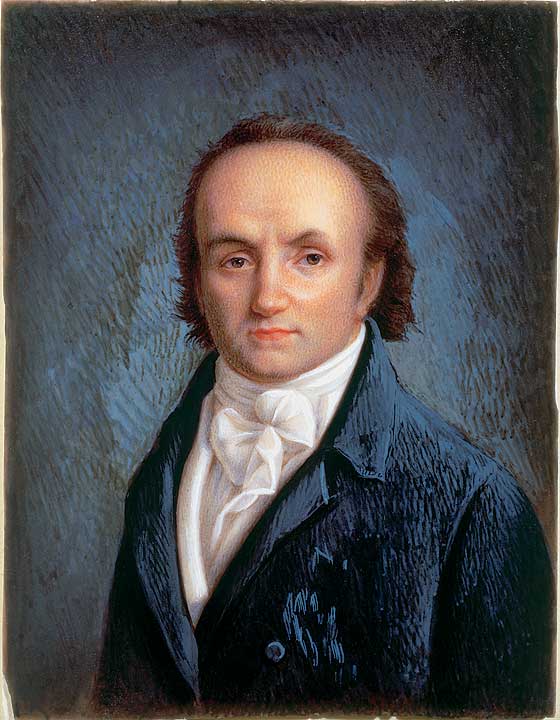

“Breguet is well known for its exquisite craftsmanship and refined design. This exhibition will also give our visitors an in-depth look at the innovative technology and intricate workings found inside these historic Breguet watches and clocks,” said Colin B. Bailey, director of the Fine Arts Museums of San Francisco.
Three of the historic Breguet timepieces that will be showcased have been revealed to the press thus far. These rare pieces comprised a travel clock (Breguet No. 2655) and two historically significant, complicated pocketwatches (Breguet No. 3519 and No. 4111).
The functions in the Breguet No. 2655 “carriage clock” include a half-quarter repeater, alarm, phases and age of the moon, and a complete calendar with day, date, month and year apertures. The milestone-shaped case (14.8 cm high by 13 cm wide) is made of silver, with an engine-turned silver dial. The dial features Roman numerals and blued steel Breguet-style hands — still hallmarks of the brand’s wristwatches today — along with two subdials for the moon display and alarm function. The clock contains an eight-day movement with a lever escapement. The Breguet No. 2655 was sold on March 18, 1812 to Caroline Murat, the Queen of Naples, known to Breguet enthusiasts as the inspiration for the brand’s modern-day Reine de Naples ladies’ collection.
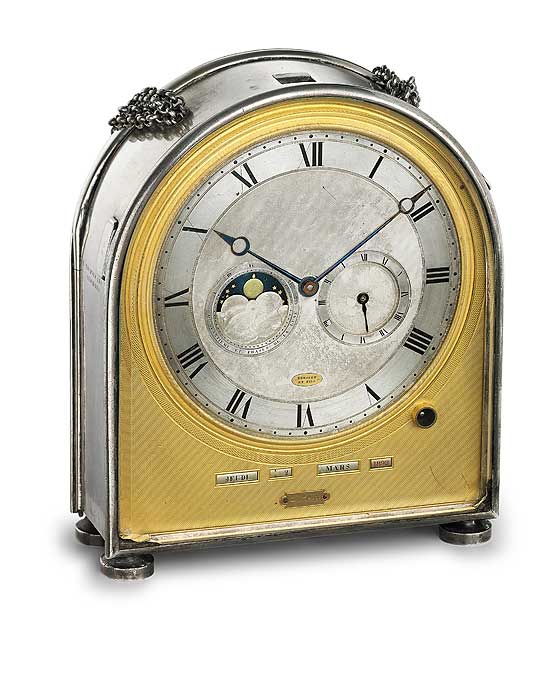
The Breguet No. 4111, a “thin flat equation-of-time and repeater watch,” was purchased on January 10, 1827 by a Mr. Peyronnet. This extraordinarily complicated vintage pocketwatch is built on the chronometer principle, with an hour, quarter-hour, and half-quarter repeater; annual calendar and manual perpetual calendar; and an equation-of-time function with mean time on a subdial to the right and “true” solar time on a subdial to the left. The equation-of-time subdial features Arabic numerals while the other has the more traditional Breguet Roman numerals. The seconds are on a small subdial at 12 o’clock. Above 6 o’clock is an aperture for the fast/slow setting indication, flanked on the left and right by windows for the day of the week and leap-year display, respectively. The engine-turned dial is ringed by a track divided into months and subdivided into days, with the date indicated by a center-mounted serpentine hand, made of yellow gold, which completes one revolution per year. The large gold case is 61.2 mm in diameter.

The Breguet No. 3519, referred to in the documentation as a “first class dumb (à toc) half-quarter repeating watch,” has a gold, engine-turned case (45 mm in diameter) and matching gold, engine-turned dial with a subdial for the seconds hand and another subdial for the date and day of the week. The watch has the telltale blued Breguet hands and Roman numerals, and is powered by a movement with a ruby cylinder escapement. However, this timepiece’s most eye-catching detail lies beneath the dial: a striking miniature portrait on ivory of a young woman dressed in period finery. The watch was sold on March 8, 1822 to a General Davidov of Russia.
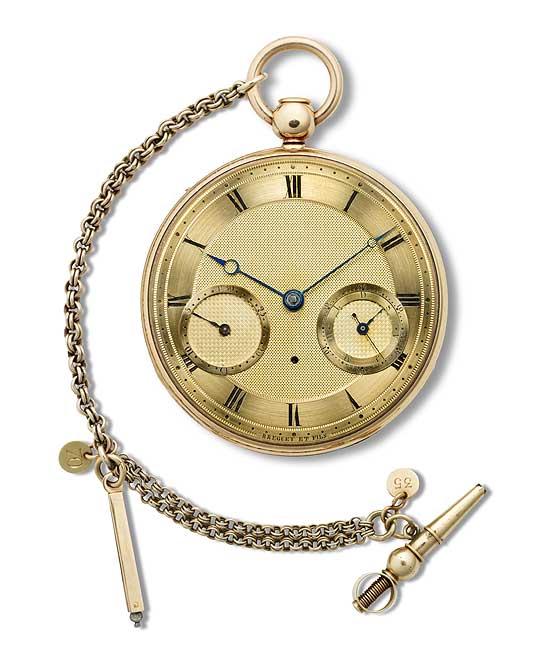

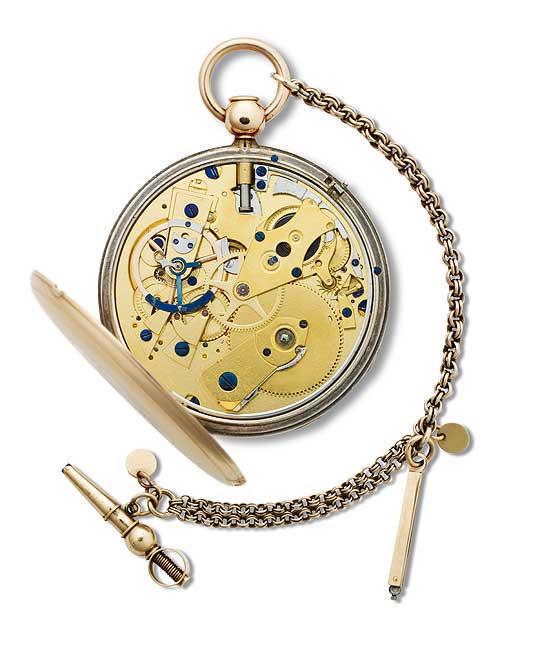
Check in to WatchTime.com later this week to see more historic Breguet watches and timepieces as we cover the official opening of “Breguet: Art and Innovation in Watchmaking.”

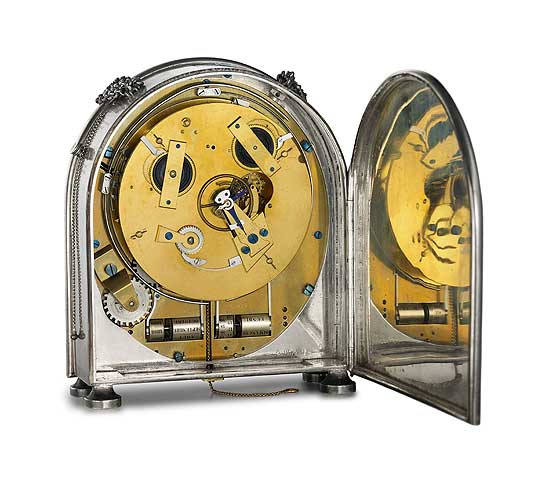

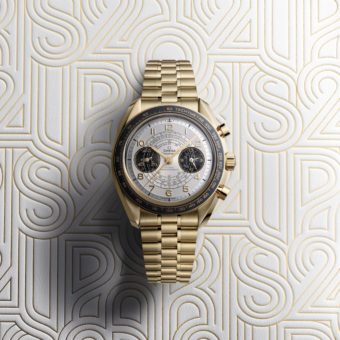
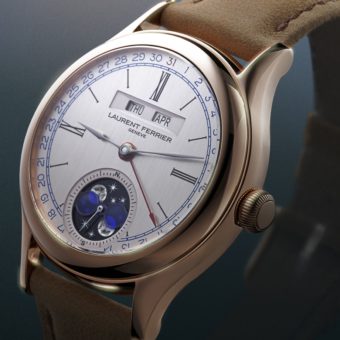
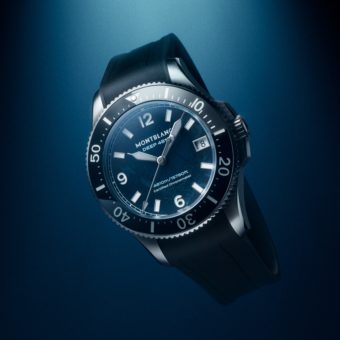
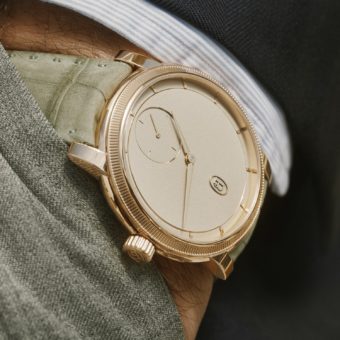
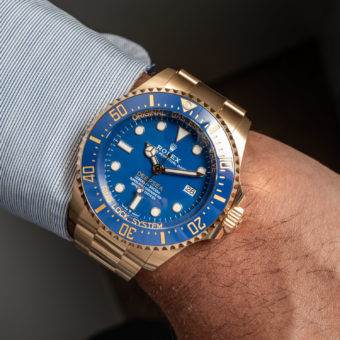
Thanks a lot for this informative article on this great watch brand Breguet!